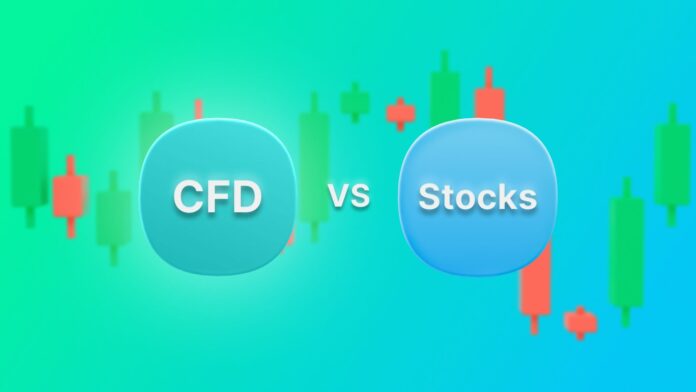In today’s world of finance and investment, it seems like there’s always a new financial instrument waiting to be discovered. Stocks and Contracts for Difference (CFDs) are two popular investment choices that have been around for some time. But with constant changes in the global economy, it’s essential to stay up-to-date with the latest information.
Understanding Stocks

Stocks, also known as shares or equities, represent ownership in a company. When you’re investing in a stock, you essentially become a shareholder and gain a claim on a portion of the company’s assets and earnings. Companies issue shares to raise capital for various reasons, including expansion, research, and development, or paying off debt.
Types of stocks
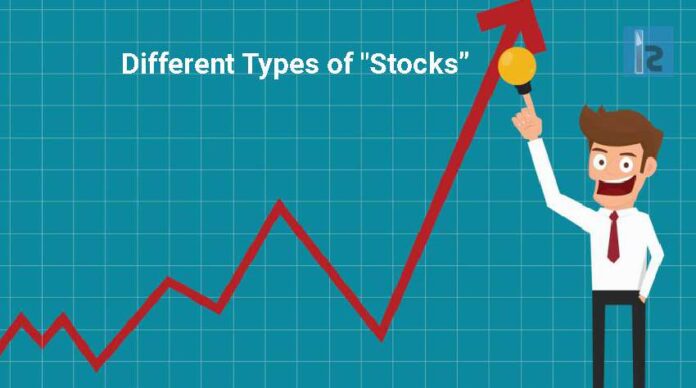
There are two primary types of stocks: common and preferred. Common stockholders have voting rights and can participate in the company’s growth through capital appreciation and dividends. Preferred stockholders, on the other hand, usually don’t have voting rights but receive dividend payments before common stockholders and have priority in case the company is liquidated.
Stock exchanges

Stocks are traded on exchanges, such as the New York Stock Exchange (NYSE), Nasdaq, and London Stock Exchange (LSE). These exchanges facilitate the buying and selling of equities between investors and ensure that transactions are carried out securely and efficiently.
What are CFDs?
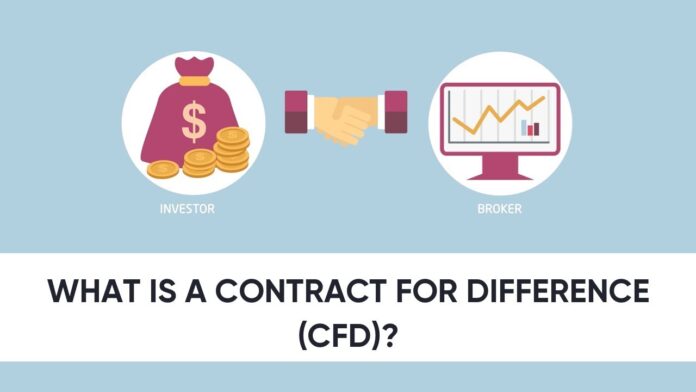
A Contract for Difference (CFD) is a financial derivative that allows investors to speculate on the price movements of an underlying asset, such as stocks, commodities, indices, or currencies, without actually owning the asset. Instead, you enter into a contract with a broker, agreeing to exchange the difference in the asset’s value between the opening and closing of the contract.
Margin and leverage
One of the primary features of CFDs is the ability to trade on margin, which means you only need to deposit a small percentage of the total trade value, called the margin requirement. This allows you to leverage your investment, magnifying potential gains or losses relative to your initial capital outlay.
Short-selling
CFDs enable investors to profit from both rising and falling markets by allowing them to “short” an asset. Short-selling is the practice of selling an asset you don’t own, with the expectation that its price will decrease, allowing you to repurchase it at a lower price and pocket the difference.
Ownership and Dividends
When you buy shares, you become a shareholder and gain ownership rights in the company. This includes the right to receive dividends if the company distributes them. With CFDs, you don’t actually own the underlying asset, but you may still be eligible to receive dividend adjustments depending on the terms of your CFD contract.
Trading costs

Trading stocks typically involve fees such as brokerage commissions, exchange fees, and stamp duty, depending on the jurisdiction. CFD trading costs are usually lower, as you only pay the bid-ask spread (the difference between the buy and sell price) and overnight financing charges for holding positions open beyond a single trading day.
Tax implications
Tax treatment varies between shares and CFDs, depending on your location and individual circumstances. In some countries, profits from equity investments are subject to capital gains tax, while dividends may be subject to income tax. CFD profits, on the other hand, might be treated as regular income and taxed accordingly. It’s essential to consult a tax advisor or financial professional to understand the specific tax implications for your investments in your jurisdiction.
Market access
Stock trading is typically limited to the operating hours of the relevant exchange, which can restrict your ability to react quickly to market news or events. CFDs, however, often offer extended trading hours, allowing you to take advantage of price movements outside of regular trading sessions.
Risks of investing in stocks
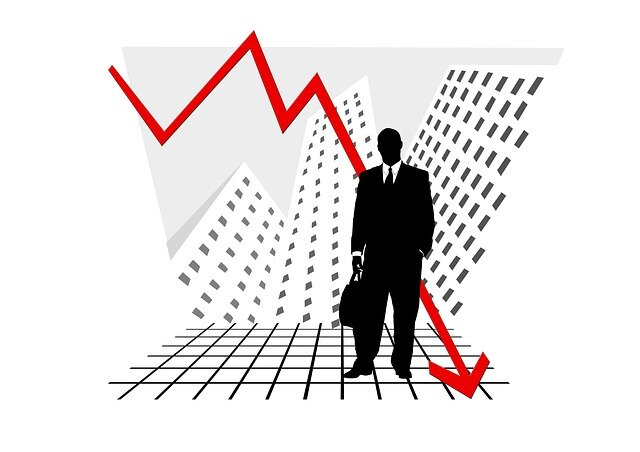
Investing in shares carries inherent risks, including market risk, company-specific risk, and liquidity risk. Market risk refers to the possibility that the overall market may decline, affecting the value of your investments. Company-specific risk relates to factors that can impact a particular company, such as management decisions, product recalls, or regulatory changes. Liquidity risk is the potential difficulty in selling your stock at a desirable price due to a lack of buyers in the market.
What about the benefits?
Stocks offer several advantages for investors, including the potential for long-term capital appreciation and dividend income. They also provide an opportunity to diversify your portfolio, as you can invest in a variety of sectors, industries, and countries. Furthermore, stocks allow you to participate in the growth of a company and potentially benefit from its success over time.
Risks of investing in CFDs
While CFDs offer the potential for higher returns through leverage, they also carry increased risks, including the risk of losing more than your initial investment. Due to the leveraged nature of CFDs, even small price movements can result in significant losses. Additionally, CFDs are typically short-term investments, making them more susceptible to short-term market volatility.
Benefits of investing in CFDs
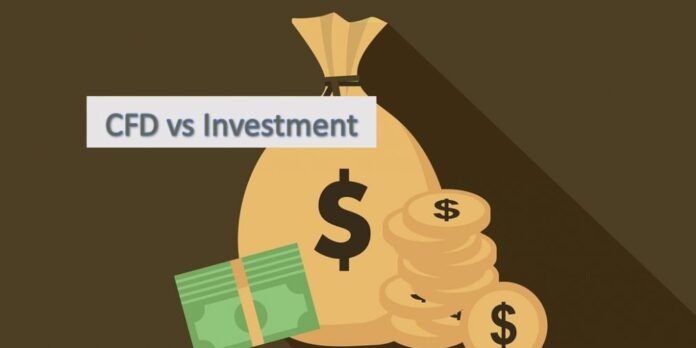
CFDs can provide advantages such as lower trading costs, the ability to profit from both rising and falling markets and greater flexibility in terms of market access and trading hours. They also enable investors to diversify their portfolios by providing exposure to a broad range of underlying assets, including stocks, commodities, indices, and currencies.
Choosing the Right Investment for You
The decision to invest in stocks or CFDs ultimately depends on your individual financial goals, risk tolerance, and investment strategy. Consider the following factors when making your decision:
Investment objectives
If you seek long-term capital appreciation and potential dividend income, stocks may be the better choice. However, if you’re interested in short-term trading and speculation on price movements, CFDs might be more suitable.
Risk tolerance
Evaluate your risk tolerance before investing. Stocks typically carry lower risks compared to CFDs, making them more appropriate for risk-averse investors. If you’re willing to accept higher risks in pursuit of potentially greater returns, CFDs could be an option worth considering.
Trading Experience and knowledge
CFD trading requires a deeper understanding of financial markets and trading strategies compared to stock investing. If you’re new to investing or have limited trading experience, it might be prudent to start with stocks before venturing into the more complex world of CFDs.
Conclusion
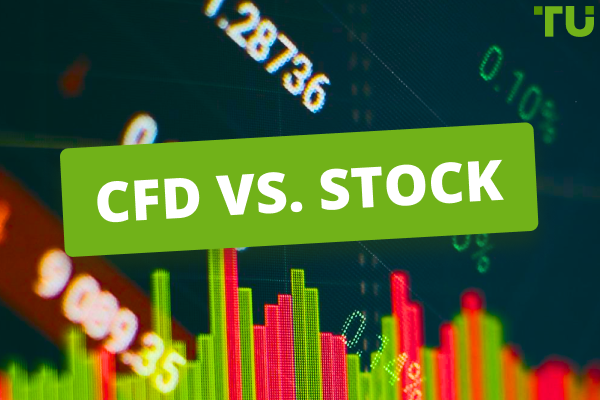
Investing in stocks and CFDs can offer unique opportunities and potential rewards, but each comes with its own set of risks and benefits. By understanding the differences between these investment options and carefully consider your financial goals, risk tolerance, and trading experience, you can make informed decisions that align with your unique investment strategy. As always, it’s essential to consult with a financial professional before making any investment decisions.
